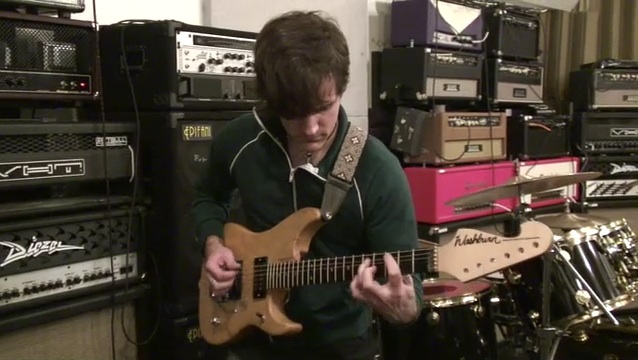
It’s a good thing I don’t work in Apple’s marketing department, because I really can’t keep a secret.
I silently posted two updates to the Cracking the Code players page over the past month or so, and now that global media distribution has become as easy as falling down stairs, it didn’t take long for word to get out. And with stiff competition for pop cultural bandwidth from Anna, Sanjaya, and Don, I consider this a victory for guitarists everywhere. Read More






